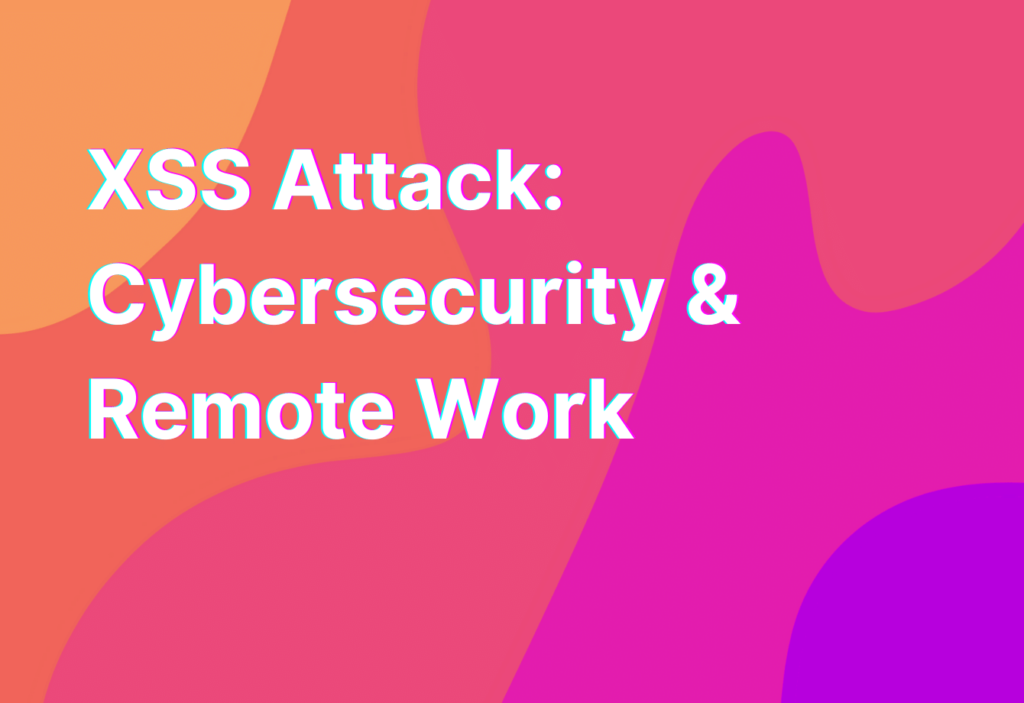XSS Attack: Cybersecurity & Remote Work
Hey there, remote work enthusiasts! It’s Ashley here, your friendly remote work advocate with another informative blog post. Today, we’re diving into the world of cybersecurity and exploring a particularly sneaky threat known as the XSS attack. So grab your favorite cup of coffee and let’s get started!
What is an XSS Attack?
An XSS attack, short for Cross-Site Scripting attack, is a type of security vulnerability that targets web applications. In simple terms, it occurs when an attacker injects malicious code into a trusted website, which is then executed by unsuspecting users. This can lead to various consequences, including data theft, unauthorized access, and even complete control of the affected website.
Now, you might be wondering how this relates to remote work. Well, with the rise of remote teams and the increasing reliance on web-based tools and platforms, it’s crucial to understand the potential risks and take necessary precautions to protect yourself and your team.
Types of XSS Attacks
XSS attacks can be classified into three main types:
- Stored XSS: This type of attack occurs when the malicious code is permanently stored on a website or web application. It can affect multiple users who visit the compromised page, making it particularly dangerous.
- Reflected XSS: In a reflected XSS attack, the malicious code is embedded in a URL or a form input, and it is only executed when the user interacts with the specific URL or form.
- DOM-based XSS: This type of attack targets the Document Object Model (DOM) of a web page. The malicious code manipulates the DOM, leading to unexpected behavior or data leakage.
It’s important to note that XSS attacks can occur on any website or web application, regardless of its size or popularity. Even the most trusted platforms can fall victim to these attacks if proper security measures are not in place.
Preventing XSS Attacks
Now that we understand the basics of XSS attacks, let’s talk about how we can protect ourselves and our remote teams from falling victim to these sneaky threats. Here are some essential tips:
- Keep your software up to date: Regularly update your operating system, web browsers, and any other software you use for remote work. These updates often include security patches that can help prevent XSS attacks.
- Use a reputable antivirus software: Invest in a reliable antivirus software that can detect and block malicious code. This adds an extra layer of protection to your remote work setup.
- Be cautious of suspicious links and emails: Avoid clicking on unknown links or opening suspicious emails, especially those that ask for personal information. Phishing attacks often go hand in hand with XSS attacks, so it’s crucial to stay vigilant.
- Implement input validation and output encoding: If you’re a web developer, make sure to sanitize user inputs and encode outputs to prevent the execution of malicious code. This can significantly reduce the risk of XSS attacks.
- Educate your remote team: Cybersecurity is a team effort. Take the time to educate your remote team about the risks of XSS attacks and provide them with best practices for staying safe online.
By following these tips, you can significantly reduce the chances of falling victim to an XSS attack and ensure a secure remote work environment for yourself and your team.
Wrapping Up
Well, folks, we’ve reached the end of our journey into the world of XSS attacks and remote work cybersecurity. Remember, staying informed and taking proactive measures is the key to protecting yourself and your remote team from these sneaky threats.
If you want to dive deeper into the world of cybersecurity and remote work, be sure to check out our Anti-phishing Tips for Remote Work article. It’s packed with valuable information to help you stay safe online.
Until next time, stay secure and keep embracing the remote work lifestyle!


